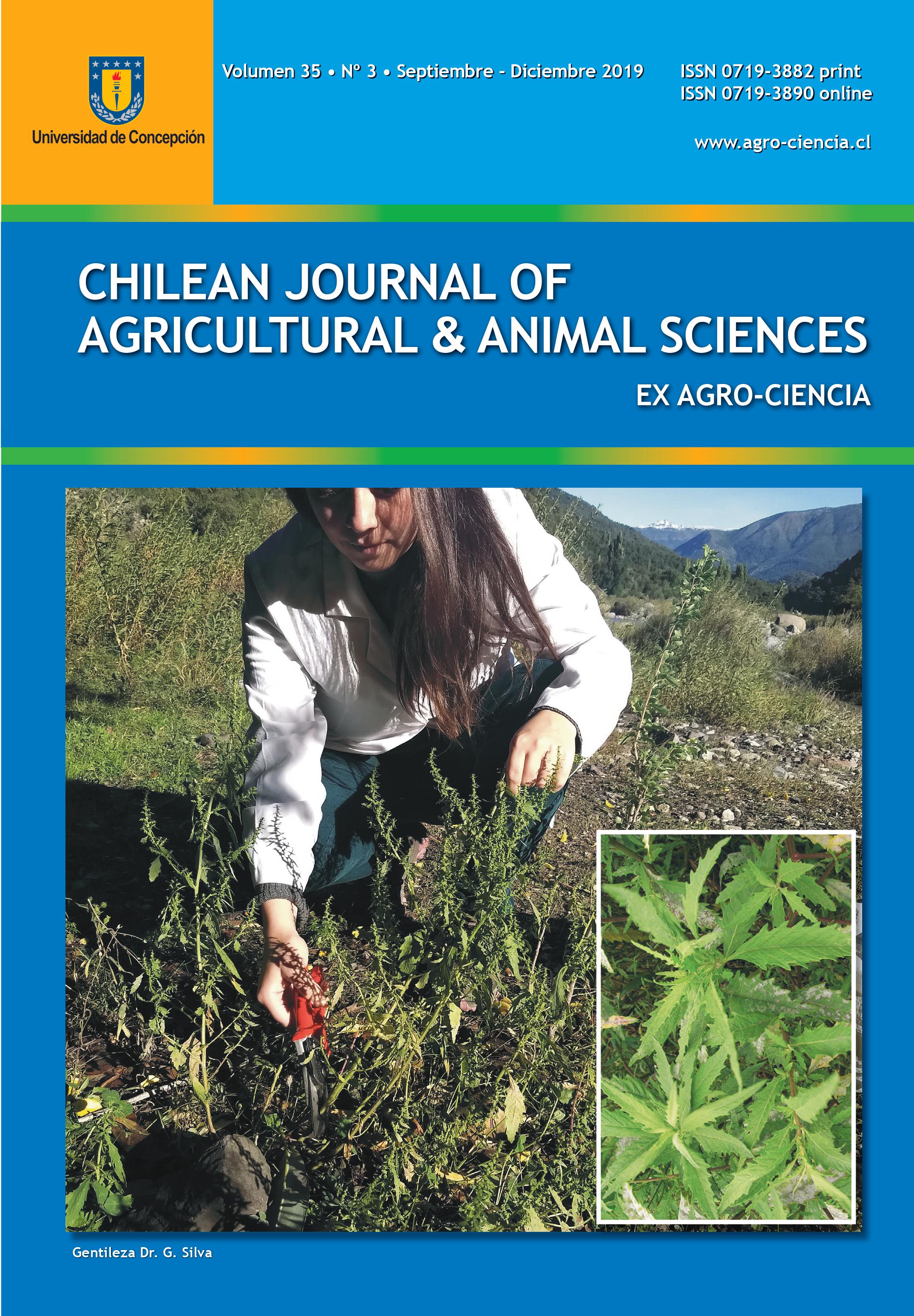RELATIONSHIP BETWEEN MILK SOLIDS YIELD EFFICIENCY AND POSTPARTUM BODY WEIGHT IN A PASTORAL DAIRY FARM IN CHILE
Abstract
Key words: efficiency, genetic correlation, milk solids, body weight.
Downloads
Download data is not yet available.
Published
2020-04-20
How to Cite
Uribe, H., & González, H. (2020). RELATIONSHIP BETWEEN MILK SOLIDS YIELD EFFICIENCY AND POSTPARTUM BODY WEIGHT IN A PASTORAL DAIRY FARM IN CHILE. Chilean Journal of Agricultural & Animal Sciences , 35(3), 274-281. Retrieved from https://revistas.udec.cl/index.php/chjaas/article/view/1659
Issue
Section
Research article







